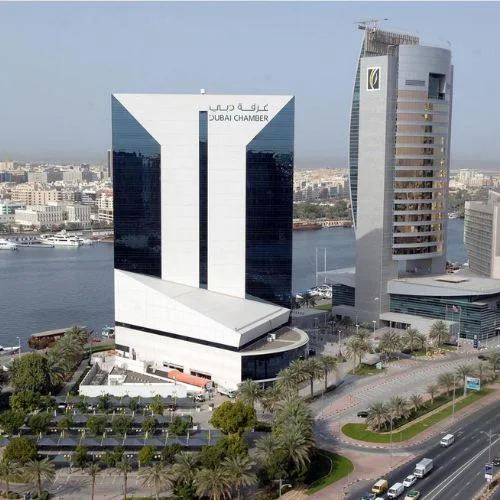In the ever-evolving realm of India’s financial sector, where banking institutions wield unparalleled influence, a distinguished few emerge as undisputed titans of the industry. Venturing into the intricate tapestry of India’s banking hierarchy, a singular metric emerges as the definitive gauge of their impact – market capitalization.
This piece unravels the commanding stature of India’s premier banks by market capitalization, providing insight into the financial behemoths that not only steer the nation’s economy but also exert substantial global sway. Embark on a captivating exploration of the financial juggernauts sculpting India’s banking terrain and transcending international borders.
Here Are The list of Top 10 banks In India By Market Cap 2024
| Rank | Bank Name | Type | Market Cap (Rs Lakh Crore) |
| #1 | HDFC Bank | Private | 12.37 |
| #2 | ICICI Bank | Private | 6.99 |
| #3 | SBI | Public | 5.45 |
| #4 | Kotak Mahindra | Private | 3.62 |
| #5 | Axis Bank | Private | 3.45 |
| #6 | IndusInd Bank | Private | 1.17 |
| #7 | Bank of Baroda | Public | 1.09 |
| #8 | Punjab National Bank | Public | 0.957 |
| #9 | Union Bank of India | Public | 0.865 |
| #10 | IDBI Bank | Private | 0.752 |
HDFC bank
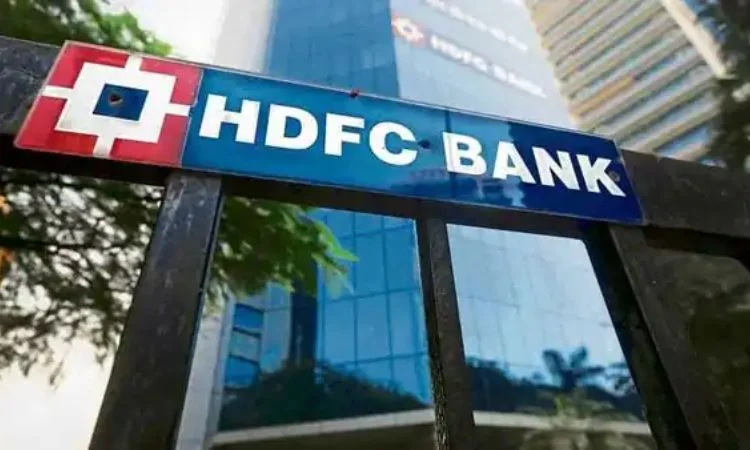
HDFC Bank: A Pinnacle of Excellence in Indian Banking
Established in 1994, HDFC Bank stands as a stalwart in India’s private banking sector, distinguished for its unwavering commitment to customers, trailblazing product offerings, and steadfast financial prowess. This financial institution has etched its name as a key player in the dynamic landscape of banking and financial services.
Market Capitalization:
HDFC Bank commands a substantial market capitalization, solidifying its position as a formidable force in the financial market. This strategic positioning underscores its resilience and influence in the industry.
Assets:
With a diverse portfolio of assets under its purview, HDFC Bank showcases unparalleled strength and stability within the intricate tapestry of the financial landscape. This multifaceted approach to asset management attests to the bank’s robust financial standing.
Profitability:
Demonstrating consistent and robust profitability, HDFC Bank’s success is underpinned by meticulous financial management, operational efficiency, and an unyielding commitment to delivering substantial value to its stakeholders. This steadfast dedication to fiscal prudence sets HDFC Bank apart as a beacon of financial excellence.
Market Share:
Holding sway over a significant market share, HDFC Bank asserts itself as a dominant force across diverse banking segments. Whether in retail banking, corporate banking, or the rapidly evolving realm of digital banking, HDFC Bank’s influence remains pervasive and pronounced.
Customer Base:
With a vast and satisfied customer base, HDFC Bank has successfully built enduring relationships through personalized services and a wide range of banking solutions.
Comparative Analysis:
- Market Capitalization:
- HDFC Bank’s market capitalization stands out compared to its peers, reflecting investor confidence and trust in the bank’s business model.
- Assets:
- In a comparative analysis of assets, HDFC Bank’s diversified and well-managed portfolio places it among the top financial institutions, ensuring stability and resilience.
- Profitability:
- The bank’s profitability outshines competitors, showcasing a strong financial performance and effective risk management strategies.
- Market Share:
- HDFC Bank maintains a competitive edge in market share, leveraging its extensive network, digital capabilities, and customer-centric approach to stay ahead of industry rivals.
- Customer Base:
- HDFC Bank’s large and loyal customer base distinguishes it from competitors, underscoring the success of its customer retention and acquisition strategies.
In a significant move to augment its financial services, HDFC Bank executed a strategic merger with HDFC Ltd. in 2023. This milestone consolidation further solidifies its standing in the financial sector.
At the helm of HDFC Bank’s leadership is CEO Sashidhar Jagdishan, who holds the distinction of being the highest-paid bank CEO in India. His visionary leadership contributes to the bank’s continued success and reinforces its position as a powerhouse in the financial industry.
ICICI Bank
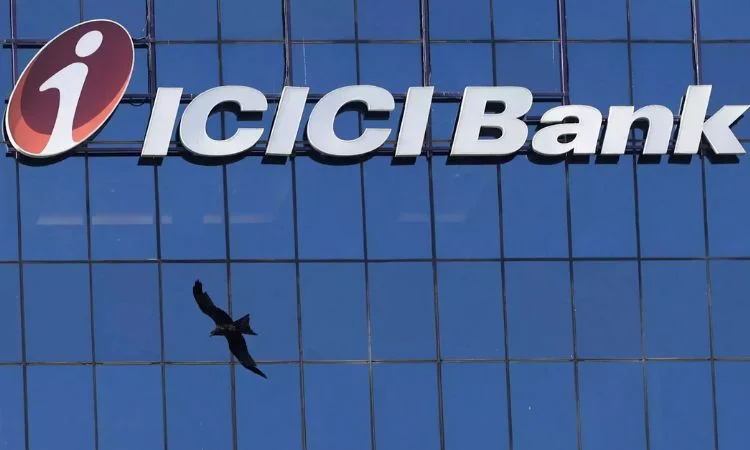
Overview of ICICI Bank: A Pinnacle of Financial Excellence
Established in 1994, ICICI Bank stands tall as a cornerstone in India’s private sector banking landscape. Renowned for its unwavering commitment to excellence, the bank has secured a pivotal role in the financial sector, offering a diverse array of cutting-edge banking and financial services.
Market Capitalization: A Barometer of Financial Strength
ICICI Bank’s commanding market capitalization underscores its robustness and paramount standing in the financial markets. This numerical testament reflects not just the bank’s market value but also the unwavering confidence it instills in its investors.
Diversified Assets: A Tapestry of Financial Prowess
Navigating an extensive network of branches, ICICI Bank prudently manages a substantial portfolio of assets. This includes a dynamic mix of loans, investments, and various financial instruments. The bank’s diversified asset base positions it as a formidable entity, contributing significantly to its prominence in the banking industry.
Market Share:
ICICI Bank commands a significant market share in the banking sector, competing with both public and private sector players. Its diverse product offerings and customer-centric approach have contributed to a notable market presence.
Customer Base:
Boasting a vast and diverse customer base, ICICI Bank has successfully attracted and retained customers through tailored financial solutions and digital innovations. The bank’s customer-centric approach is evident in its efforts to provide a seamless banking experience.
Comparative Analysis:
ICICI Bank vs Competitors:
Market Capitalization:
ICICI Bank’s market capitalization competes strongly with key industry players, such as HDFC Bank and State Bank of India.
- Comparative analysis reveals the relative strength and standing of ICICI Bank within the banking sector.
Assets Management:
ICICI Bank’s asset management practices are benchmarked against competitors to assess efficiency and strategic allocation.
Analyzing asset composition and growth rates provides insights into the bank’s competitive positioning.
Profitability Ratios:
Comparative analysis of profitability ratios, such as Return on Assets (ROA) and Return on Equity (ROE), highlights ICICI Bank’s financial performance relative to peers.
Market Share Trends:
Examining market share trends against competitors helps gauge ICICI Bank’s competitive edge.
Identifying areas of market share growth or challenges informs strategic decision-making.
Customer Acquisition and Retention:
Comparative analysis of customer acquisition and retention strategies provides insights into ICICI Bank’s effectiveness in this regard.
Understanding customer satisfaction levels and loyalty helps in assessing long-term sustainability.
In a noteworthy development in 2023, ICICI Bank garnered attention by proudly announcing that a substantial 21.4 percent of its lending that year was dedicated to green financing, amounting to an impressive $119 billion. This commitment to sustainable finance underscores ICICI Bank’s dedication to environmental responsibility and aligns with global efforts towards a greener future.
At the helm of ICICI Bank is Sandeep Bakhshi, a seasoned leader who serves as the Chief Executive Officer. Under his guidance, the bank continues to navigate the dynamic financial landscape with resilience and innovation.
State Bank Of India (SBI): Leading the Financial Landscape
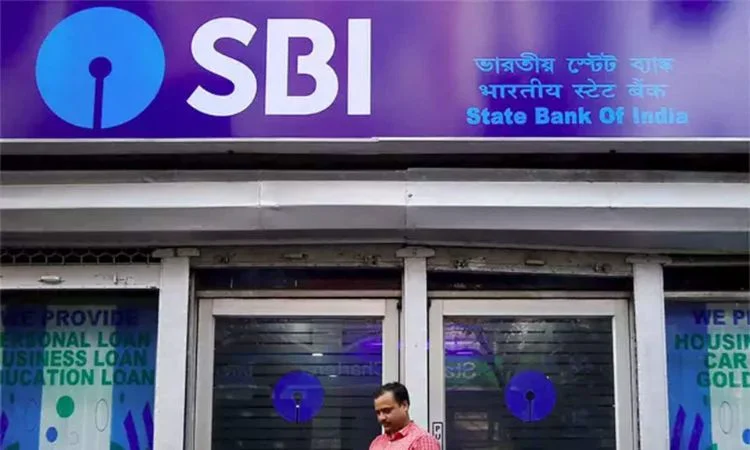
Overview of State Bank of India (SBI):
The State Bank of India (SBI) stands as the largest and oldest public sector bank in India, playing a pivotal role in the country’s financial landscape. Established in 1806 as the Bank of Calcutta, SBI has evolved into a robust financial institution with a vast network of branches and a diverse range of financial products and services.
Comparative Analysis:
SBI’s strength lies in its ability to adapt to dynamic market conditions and navigate the ever-changing financial landscape. A comparative analysis against its peers underscores its market leadership and resilience.
Market Capitalization:
SBI’s market capitalization reflects its valuation in the stock market, showcasing investor confidence. The bank’s market capitalization serves as a key indicator of its financial health and growth potential in comparison to other financial institutions.
Assets:
SBI boasts a formidable asset base, encompassing a diverse portfolio of loans, investments, and other financial instruments. The bank’s assets showcase its financial stability and its capacity to support economic growth by providing a wide array of financial services.
SBI’s profitability metrics, including net income, return on assets (ROA), and return on equity (ROE), elucidate its efficiency and effectiveness in generating profits. A comparative analysis of profitability metrics provides insights into SBI’s financial performance relative to industry benchmarks.
Profitability:
Market Share:
SBI’s market share in various financial segments, such as loans, deposits, and investments, reflects its dominance in the banking sector. Analyzing market share helps gauge SBI’s competitive positioning and influence in the financial market.
Customer Base:
SBI’s extensive customer base is a testament to its wide-ranging appeal and customer-centric approach. The size and diversity of its customer base reflect the bank’s ability to cater to the diverse financial needs of individuals, businesses, and institutions.
SBI boasts an extensive network with 22,405 branches strategically positioned across India, underlining its commitment to serving the diverse financial needs of the nation. Holding an impressive 23 percent market share, the bank has solidified its position as a cornerstone of the country’s economic ecosystem.
Expanding its influence beyond national borders, SBI maintains a robust global presence with a network that spans over 233 foreign branches in 36 countries. This international footprint reinforces SBI’s commitment to facilitating seamless financial transactions on a global scale.
In a landmark achievement, the April-June quarter of the fiscal year 2023-24 witnessed SBI surpassing Reliance Industries to claim the title of India’s most profitable company. This monumental feat underscores the bank’s unwavering dedication to excellence and financial prowess.
Kotak Mahindra Bank
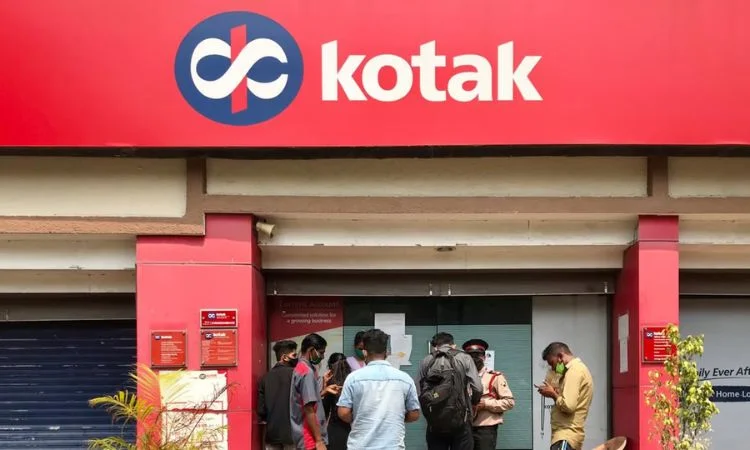
Overview
Established on November 21, 1985, Kotak Mahindra Bank has been a stalwart in the financial industry. Currently led by interim CEO Dipak Gupta, the bank is renowned for delivering a diverse array of services catering to corporate entities, retail clients, and small and medium enterprises (SMEs).
The visionary leadership of Uday Kotak, who served as the Managing Director and CEO for an impressive 21 years, has recently come to a conclusion. His departure marks the end of an era at Kotak Mahindra Bank. The search for his successor is underway, with the Reserve Bank of India (RBI) advocating for an external candidate to assume the helm.
Comparative Analysis
Market Capitalization:
At the financial helm, Kotak Mahindra Bank unfurls an impressive market capitalization, a tangible testament to its unwavering dominance in the financial sphere. When sizing up against industry counterparts, the bank emerges with a crown of competitive advantage, firmly establishing itself as a frontrunner in market valuation.
Assets
In the intricate dance of finance, Kotak Mahindra Bank boasts a symphony of assets – a diverse orchestra that includes loans, investments, and a medley of financial instruments. A meticulous examination of asset quality and composition, juxtaposed against industry benchmarks, paints a vivid portrait of the bank strategically wielding its financial palette.
Profitability
In the theater of finance, Kotak Mahindra Bank is not merely a player but a headlining act, consistently belting out robust profitability metrics. When the stage is set for comparative analysis, the bank’s net income, return on assets, and return on equity take center stage, spotlighting its financial prowess in a show-stopping performance.
Market Share:
Amidst the banking symphony, Kotak Mahindra Bank holds a conductor’s baton, orchestrating a significant market share across various segments. When the score is compared against competitors, the bank’s relative position and market dominance are highlighted, showcasing a financial symphony that resonates in every chord of the market.
Customer Base:
At the heart of Kotak Mahindra Bank’s success beats a vast and diverse customer base, a testament to its magnetic market appeal. A witty comparative analysis of its customer acquisition and retention strategies reveals the strategic moves behind the scenes, providing a backstage pass to understand the bank’s undeniable presence in the market.
In the dynamic landscape of the banking sector, Kotak Mahindra Bank remains committed to its tradition of excellence and innovation. As the organization transitions into a new chapter, the focus is on identifying a leader who will uphold the bank’s legacy while steering it towards continued success in the future.
Axis Bank
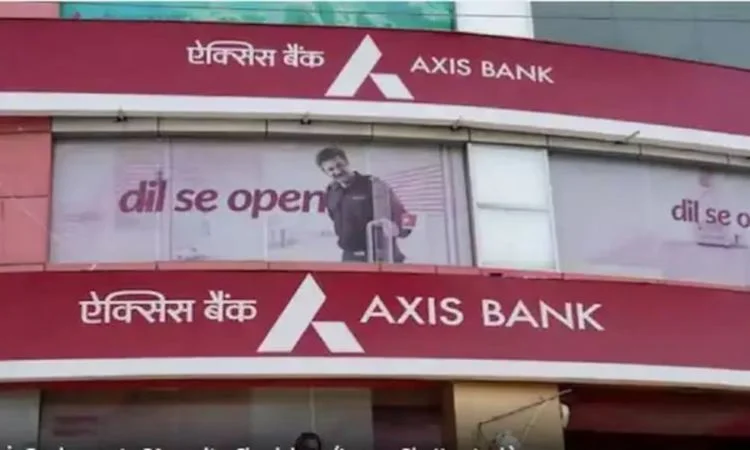
Founded: December 3, 1993
CEO: Amitabh Chaudhry
Overview
Axis Bank has stood as a cornerstone in India’s private banking sector since its inception on December 3, 1993. Under the leadership of CEO Amitabh Chaudhry, Axis Bank has emerged as one of the largest private-sector banks, specializing in comprehensive financial services for large and mid-sized corporates, SMEs, and retail businesses. The bank places a premium on digital banking, ensuring a seamless and user-friendly experience to meet the diverse needs of retail, corporate, and institutional clients.
In a testament to its success, Amitabh Chaudhry holds the position of the second highest-paid Indian bank CEO in 2023. This year, Axis Bank forged a strategic partnership with digital banking enterprise OPEN, marking a milestone in offering a native digital current account journey to its user base.
Comprehensive Financial Services:
Axis Bank distinguishes itself through its comprehensive suite of financial products and services, encompassing retail banking, corporate banking, and treasury operations. The bank’s offerings include loans, deposits, credit cards, investment banking, wealth management, and cutting-edge digital banking solutions.
Geographical Reach:
Operating through an extensive network of branches and ATMs across India, Axis Bank ensures accessibility to a diverse customer base, spanning both urban and rural areas. Moreover, the bank has strategically positioned itself in key global financial hubs, showcasing a commitment to global expansion and customer service on a global scale.
Technological Advancements:
A pioneer in embracing technological innovation, Axis Bank sets industry standards in digital banking solutions. The bank’s commitment to enhancing customer experience is evident through its seamless internet banking, mobile banking, and other technology-driven services.
Comparative Financial Analysis:
Financial Strength and Stability:
The steady growth of Axis Bank’s total assets underscores its financial strength and stability. This consistent upward trajectory signifies effective management and the implementation of prudent financial strategies.
Profitability Metrics:
Axis Bank’s profitability metrics, including net profit margin and return on assets, underscore its operational efficiency. The bank’s sustained profitability is a testament to its focus on diversified revenue streams and meticulous cost management.
Market Share Analysis:
A key indicator of competitive standing, Axis Bank’s market share in various banking segments, be it retail or corporate banking, offers insights into its ability to attract and retain customers in a fiercely competitive landscape.
Customer Base Dynamics:
The size and diversity of Axis Bank’s customer base serve as a testament to its success in catering to a broad spectrum of clients. A growing and loyal customer base reflect the bank’s efficacy in meeting the diverse financial needs of both individuals and businesses.
IndusInd Bank
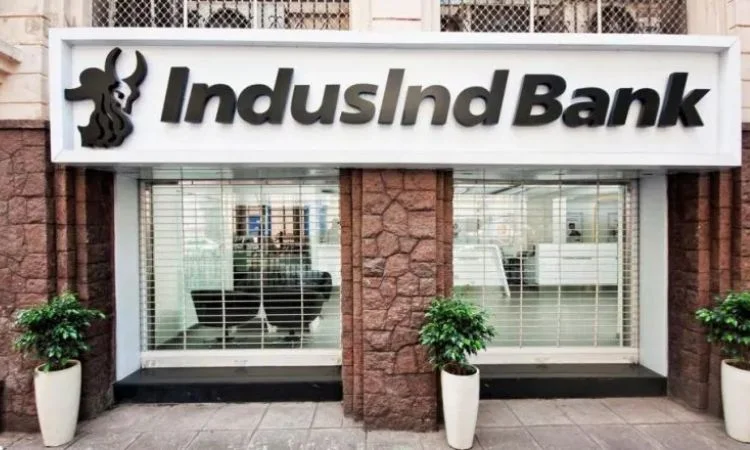
Founded: April 17, 1994
CEO: Sumant Kathpalia
Overview of IndusInd Bank:
Established on April 17, 1994, IndusInd Bank has solidified its presence as a prominent private bank in India. With a strategic focus on major metro cities and representative branches in Dubai, Abu Dhabi, and London, the bank provides diverse financial services. Emphasizing personalized solutions and superior customer service for retail, corporate, and institutional clients, IndusInd Bank is committed to excellence.
Recent developments include the appointment of Shiv Kumar Bhasin, the former EVP and Group Chief Technology and Operations Officer at the NSE, as the Chief Transformation Officer, reinforcing the bank’s commitment to innovation and efficiency.
Comparative Analysis:
Market Capitalization:
IndusInd Bank showcases a robust market capitalization, solidifying its standing among the premier banks in India. This financial indicator not only underscores the bank’s fiscal strength but also serves as a testament to the unwavering confidence investors place in its operations.
Assets:
Bolstering its stability and financial prowess, IndusInd Bank boasts a substantial asset base. The diverse portfolio of assets is indicative of the bank’s effective management and strategic investment decisions, contributing to its sustained success.
Profitability:
Consistently delivering robust financial performance, IndusInd Bank prioritizes sustainable and profitable growth. The bank’s profitability metrics stand as a testament to its adept navigation of market dynamics and its ability to generate returns for stakeholders.
Market Share:
IndusInd Bank has strategically secured a notable market share in the competitive banking industry. This achievement is attributed to the bank’s proactive initiatives and a customer-centric approach, facilitating the maintenance and expansion of its market presence.
Customer Base:
Cultivating a sizable and loyal customer base, IndusInd Bank achieves this through personalized services and innovative products. The bank’s unwavering commitment to meeting individual needs underscores its dedication to fostering enduring relationships with its diverse clientele.
Bank of Baroda (BoB)
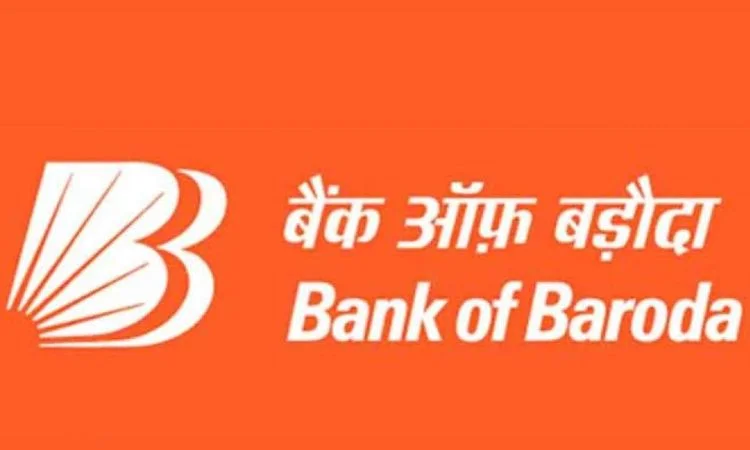
Founded: July 20, 1908
CEO: Debadatta Chand
Bank of Baroda, founded on July 20, 1908, and headquartered in Vadodara, Gujarat, holds a distinguished status as a nationalized bank. The bank witnessed the historic three-way merger with Dena Bank and Vijaya Bank, establishing its extensive branch network and diverse banking services, covering retail, corporate banking, and treasury operations.
Recent financial disclosures reveal Bank of Baroda’s robust performance, recording a net profit of ₹4,070.1 crore for the April to June quarter in FY 2023-24, showcasing an 88.7 percent increase compared to the same quarter in the previous fiscal year.
Comparative Analysis:
Market Capitalization:
– BoB’s market capitalization reflects its total market value. It is influenced by factors such as financial performance, growth prospects, and investor confidence.
– Comparative analysis against industry peers provides insights into BoB’s relative strength and market standing.
Assets:
BoB’s asset base signifies the total value of its holdings, including loans, investments, and reserves.
A comparative assessment against competitors helps evaluate BoB’s asset quality and its ability to generate returns.
Profitability:
Profitability metrics, including net income and return on equity, indicate the bank’s financial health.
Comparative analysis with other banks helps assess the efficiency of BoB’s operations and its ability to deliver value to shareholders.
Market Share:
BoB’s market share in various banking segments, such as retail, corporate, and international banking, illustrates its competitive position.
Analyzing market share dynamics provides insights into BoB’s relative strength and growth potential.
Punjab National Bank of India (PNB)
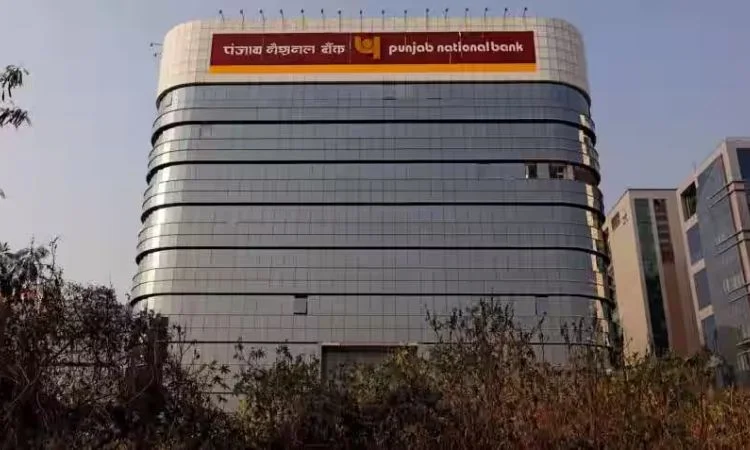
Founded: May 19, 1893
CEO: Atul Kumar Goel
Overview of Punjab National Bank (PNB):
Established in 1894, Punjab National Bank (PNB) stands as a venerable cornerstone of India’s banking landscape, embodying a legacy deeply rooted in economic development. As a stalwart in the public sector, PNB has consistently contributed to the nation’s progress and emerged as a leading financial institution.
Corporate Profile:
Headquarters: New Delhi, India.
Branch Network: PNB’s extensive network spans across urban and rural landscapes, epitomizing accessibility through a robust presence of branches and ATMs.
International Presence: Globally recognized, PNB extends its reach to several countries, affirming its status as an internationally acclaimed financial institution.
Financial Highlights:
Total Assets: PNB’s substantial assets underscore its financial robustness and stability, reinforcing trust in its operational strength.
Profitability: The bank’s financial performance is marked by unwavering profitability, a testament to effective management and operational efficiency.
Market Capitalization: PNB’s market capitalization not only reflects investor confidence but also solidifies its standing as a pivotal player in the Indian banking sector.
Customer Base:
PNB’s customer base, spanning retail customers, corporates, and government entities, attests to its inclusive and diverse appeal. The bank’s customer-centric ethos and innovative banking solutions continue to attract and retain a growing clientele.
Comparative Analysis:
Market Capitalization:
PNB’s competitive market capitalization mirrors investor confidence and market perception, positioning it favorably within the banking sector. Comparative analysis against industry peers provides valuable insights into its relative strength and market standing.
Assets:
Comparing total assets with industry counterparts offers a nuanced understanding of PNB’s size and asset management capabilities. Efficient asset utilization remains a cornerstone of sustained growth and profitability.
Profitability:
Analyzing PNB’s profitability against industry benchmarks reveals the bank’s adeptness in income generation and expense management. Key metrics such as Return on Assets (ROA) and Return on Equity (ROE) stand as indicators of its financial prowess.
Market Share:
PNB’s market share, both domestically and internationally, serves as a barometer of its competitive positioning within the banking industry. Rigorous evaluation against competitors is instrumental in assessing relative market strength.
IDBI Bank
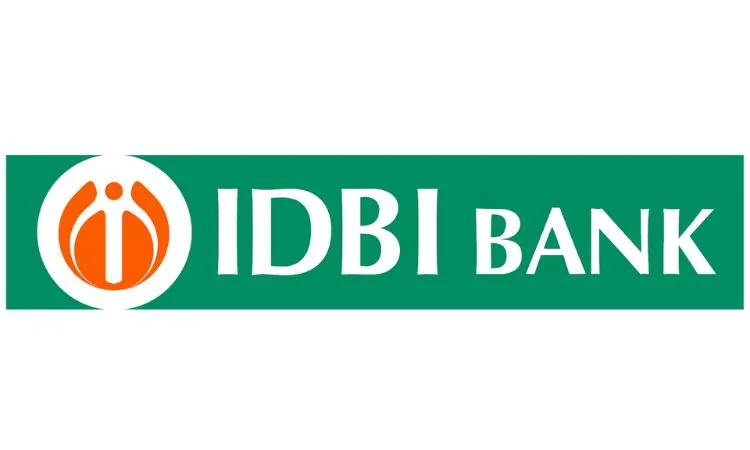
Founded: July 1, 1964
CEO: Rakesh Sharma
Originally established on July 1, 1964, as the Industrial Development Bank of India (IDBI), IDBI Bank has evolved into a key player in the financial sector. Following a merger in 2005 with the commercial division, IDBI Bank now operates as a modern banking institution. Its roots extend to institutions such as SIDBI, EXIM, National Stock Exchange of India, SEBI, and National Securities Depository Limited.
With the government of India holding a 45.48 percent stake and Life Insurance Corporation (LIC) controlling 49.24 percent, IDBI Bank aligns with regulatory norms and remains a robust entity in the financial landscape.
Union Bank of India (UBI)
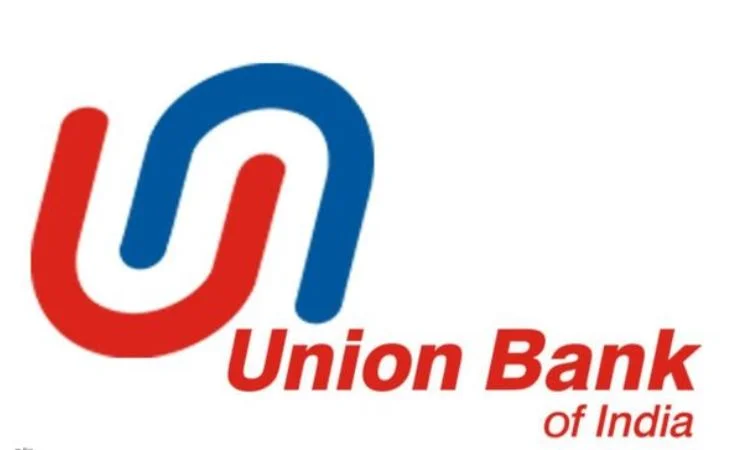
Established on November 11, 1919, Union Bank of India (UBI) boasts a rich history that dates back to its inauguration by none other than Mahatma Gandhi himself. Over the years, UBI has evolved into a stalwart financial institution, marked by its nationalization in 1969 alongside 14 other banks. This strategic move aimed to channelize collective resources for the country’s holistic development.
A. Manimekhalai, the current CEO, spearheads UBI with a vision aligned with progress and financial excellence. UBI, which initially comprised a modest four branches at the time of India’s independence, has since undergone significant expansion.
In a landmark development, the merger with Corporation Bank and Andhra Bank in April 2020 catapulted UBI into a new era. Today, the bank proudly stands at the helm with a formidable network of over 8700 branches spread across the length and breadth of India. This growth is a testament to UBI’s unwavering commitment to providing top-notch financial services and contributing to the nation’s economic prosperity.
As we navigate the dynamic landscape of the banking industry, UBI, under the leadership of CEO A. Manimekhalai, remains dedicated to fostering financial growth and stability while upholding the values instilled by its founding visionaries.
Conclusion
In conclusion, these top 10 banks in India, characterized by their market capitalization, not only steer the nation’s economy but also play a crucial role in the global financial landscape. Their leadership, strategic initiatives, and commitment to excellence underline their significance in shaping the future of India’s banking sector. As the financial juggernauts continue to evolve, their impact will resonate far beyond borders, influencing the trajectory of the nation’s economic growth.














